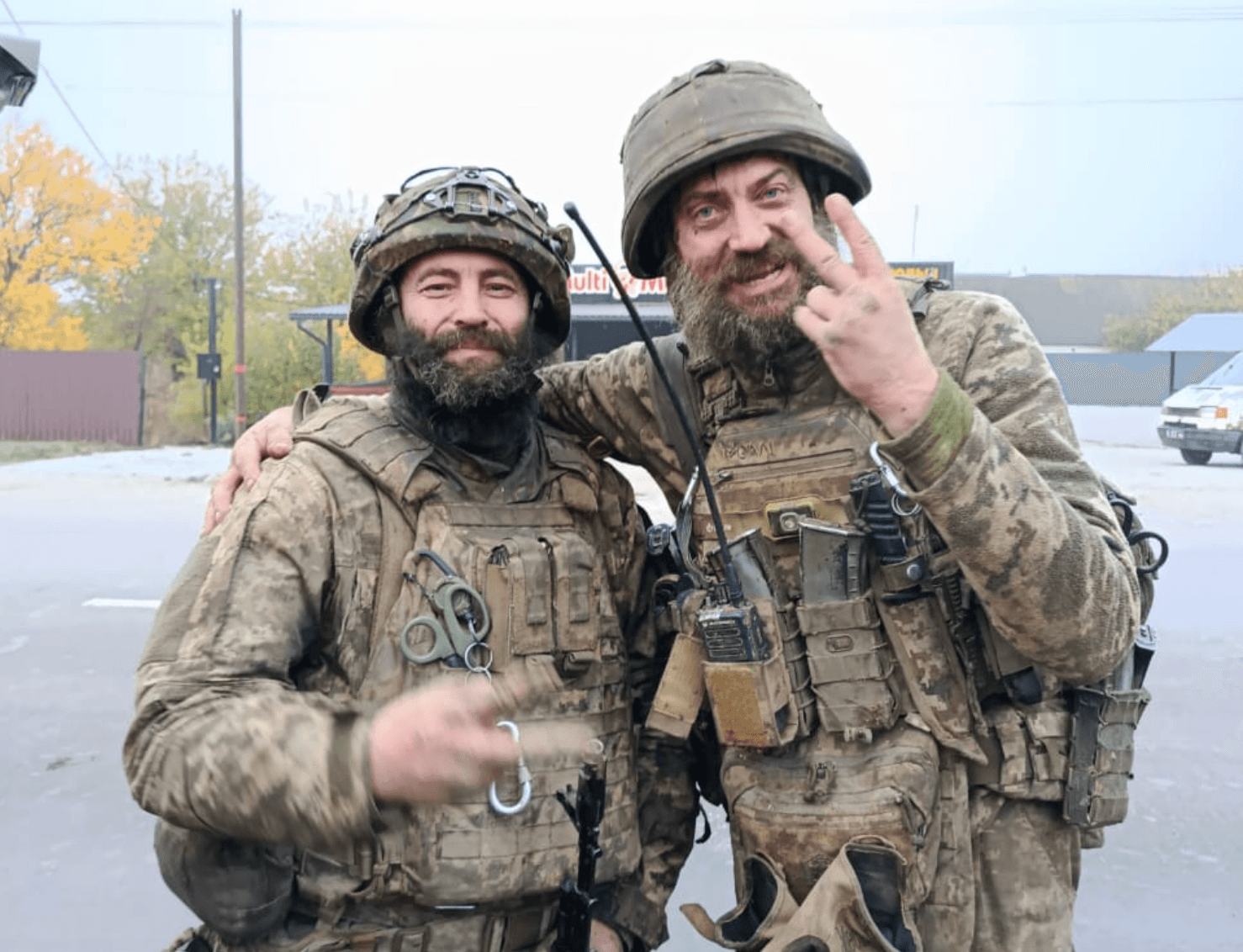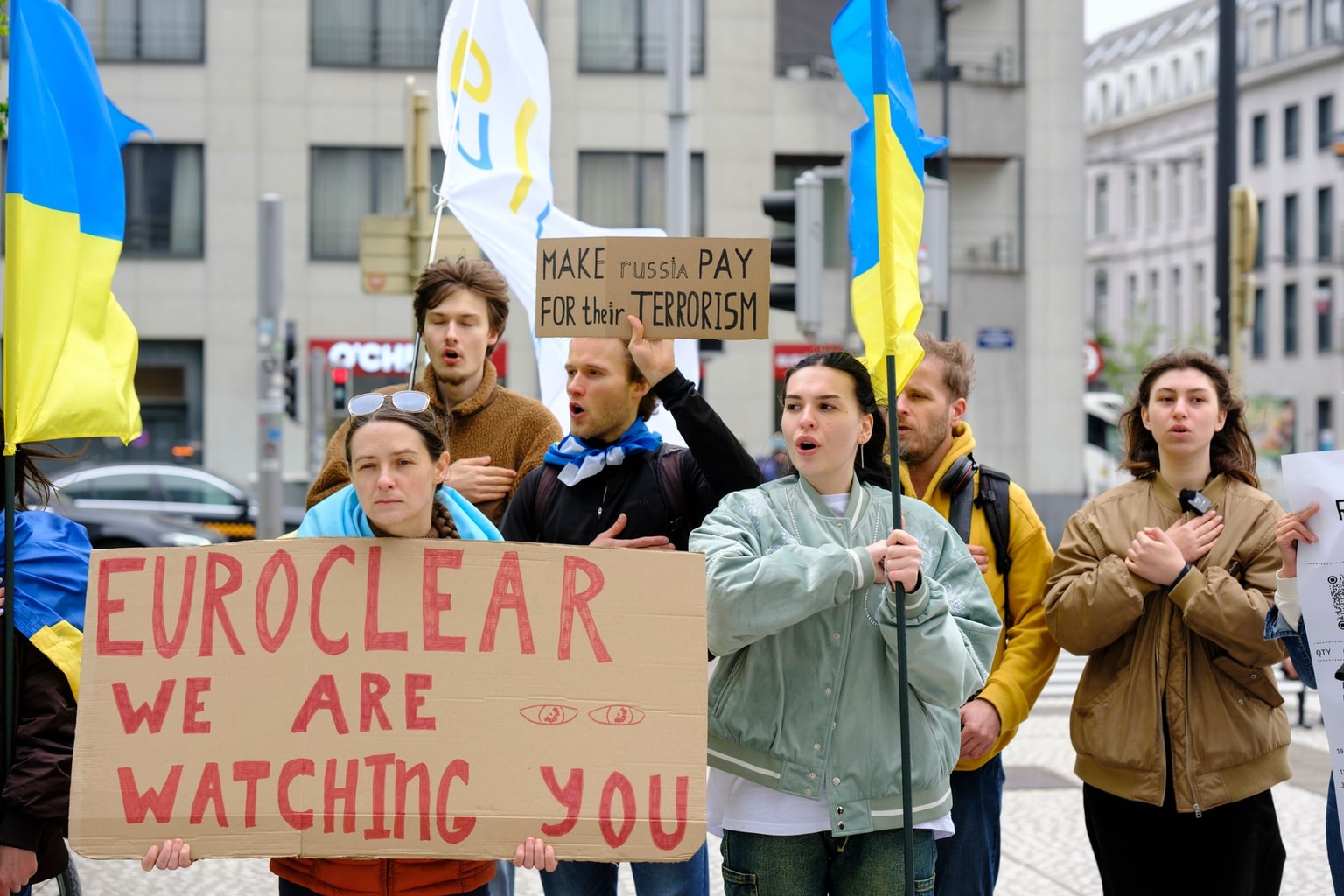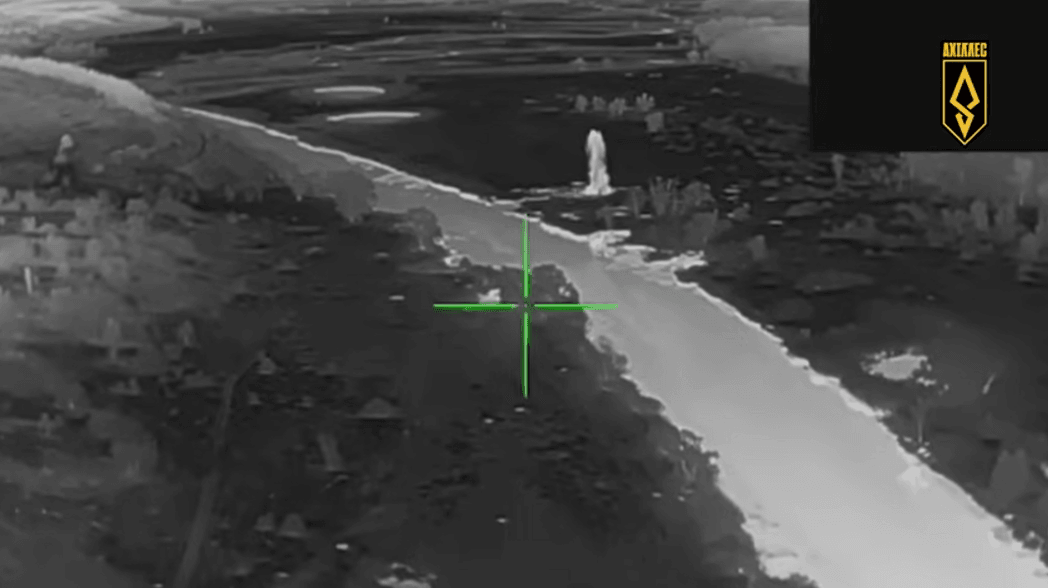Ukraine's SBU releases fresh video of Operation Spiderweb, teases 'new surprises'

Editor's note: The story was updated with a comment by an SBU source.
The Security Service of Ukraine (SBU) released on June 11 a new video detailing the sequence of its mass drone strike against Russia's strategic aviation earlier this month.
The Operation Spiderweb, carried out on June 1, involved 117 drones that were hidden in trucks across Russia and deployed against four air bases, some thousands of kilometers from the Ukrainian border.
The strike deep in the rear damaged 41 aircraft, including Tu-95, Tu-22M3, and Tu-160 bombers, rare A-50 spy planes, and An-12 and Il-78 transport aircraft, causing damage of over $7 billion, the SBU said.
Trucks, seen in the footage driving in an undisclosed location, first transported first-person-view (FPV) drones and wooden cabins to Russia, the SBU said. Already on Russian territory, the vehicles were loaded with cabins, which, in turn, carried the drones.
The preparations were taking place in the Russian city of Chelyabinsk, not far from a Federal Security Service (FSB) office, according to the SBU.
The loaded trucks then drove to multiple locations in the cities of Ivanovo, Ryazan, and in the Murmansk, Irkutsk, and Amur oblasts. The cabins opened remotely at the time of the attack, allowing the drones to strike Russian planes at the Belaya, Olenya, Dyagilevo, and Ivanovo air bases.
The operation was also meant to strike at the Russian air base in Ukrainka in Amur Oblast, but this part of the attack failed.
In the strike, Ukraine deployed drones specially designed by SBU specialists for attacks deep in the rear. Their unique features allowed them to be remotely controlled in real time thousands of kilometers behind the border, an SBU source told the Kyiv Independent.
The drones' design also helped them "bypass Russian defenses and effectively strike the strategic aviation," the source said.
SBU chief Vasyl Maliuk, who personally oversaw the operation, stressed that Ukrainian drones targeted "absolutely legitimate targets – military airfields and aircraft that attack our peaceful cities."
"The SBU is hitting and will hit (Russia) where it considers itself unreachable!" Maliuk said in a statement.
"We are working on new surprises, no less painful than the Operation Spiderweb."
The attack was lauded by Ukrainian leaders and Western partners, with NATO Admiral Pierre Vandier calling it a reinvention of "the Trojan Horse" method with "technical and industrial creativity."
Various satellite imagery released after the attack showed around a dozen destroyed planes. NATO estimates that between 10 and 13 Russian planes were completely destroyed, and more were damaged.
In turn, President Volodymyr Zelensky claimed that roughly half of the 41 targeted planes have been damaged beyond repair. Russia acknowledged damage to its aircraft but claimed all of them will be "restored."













